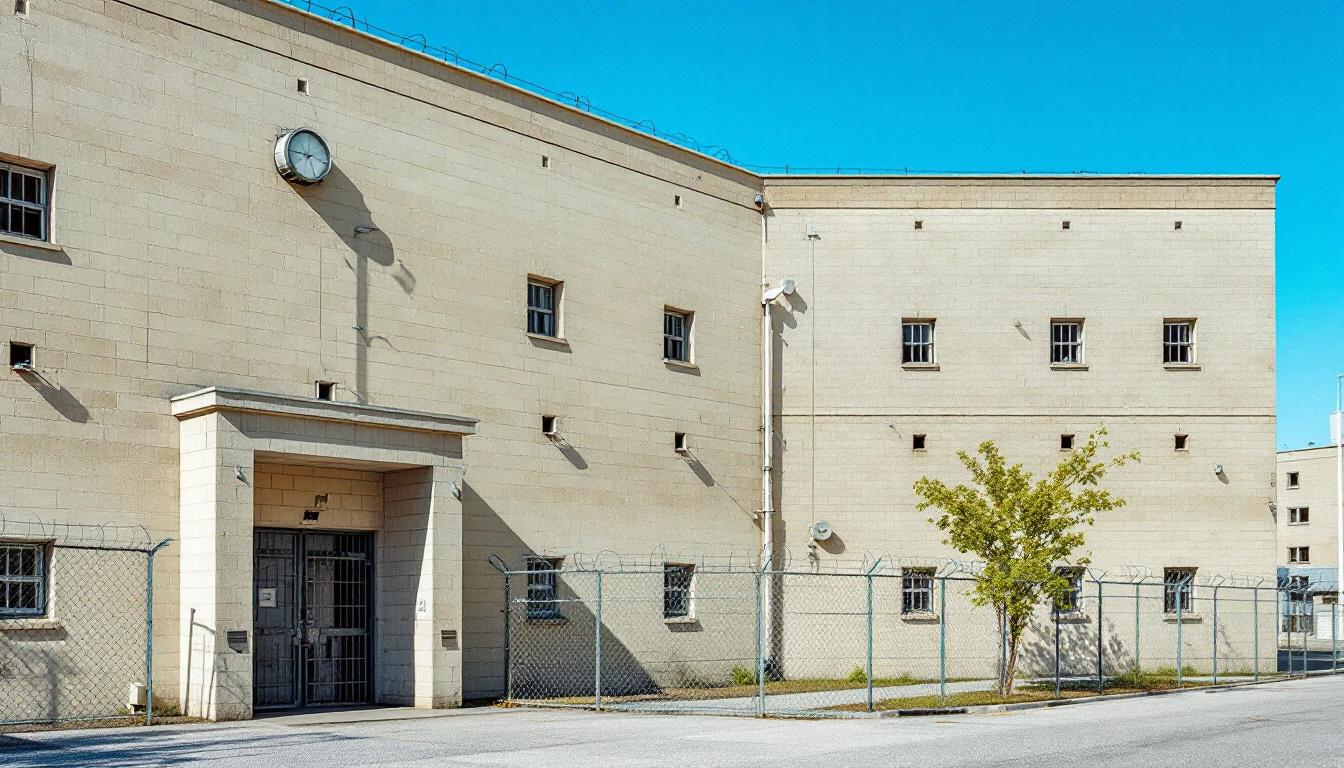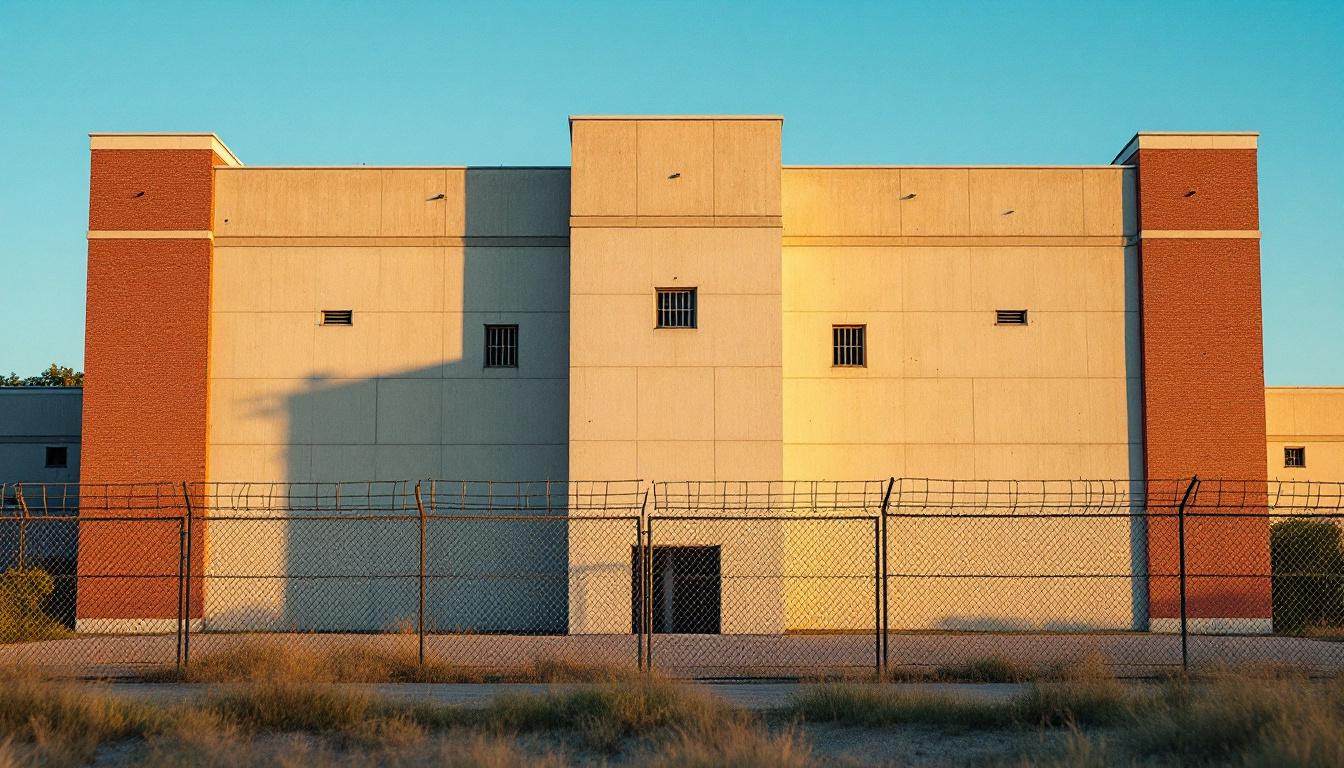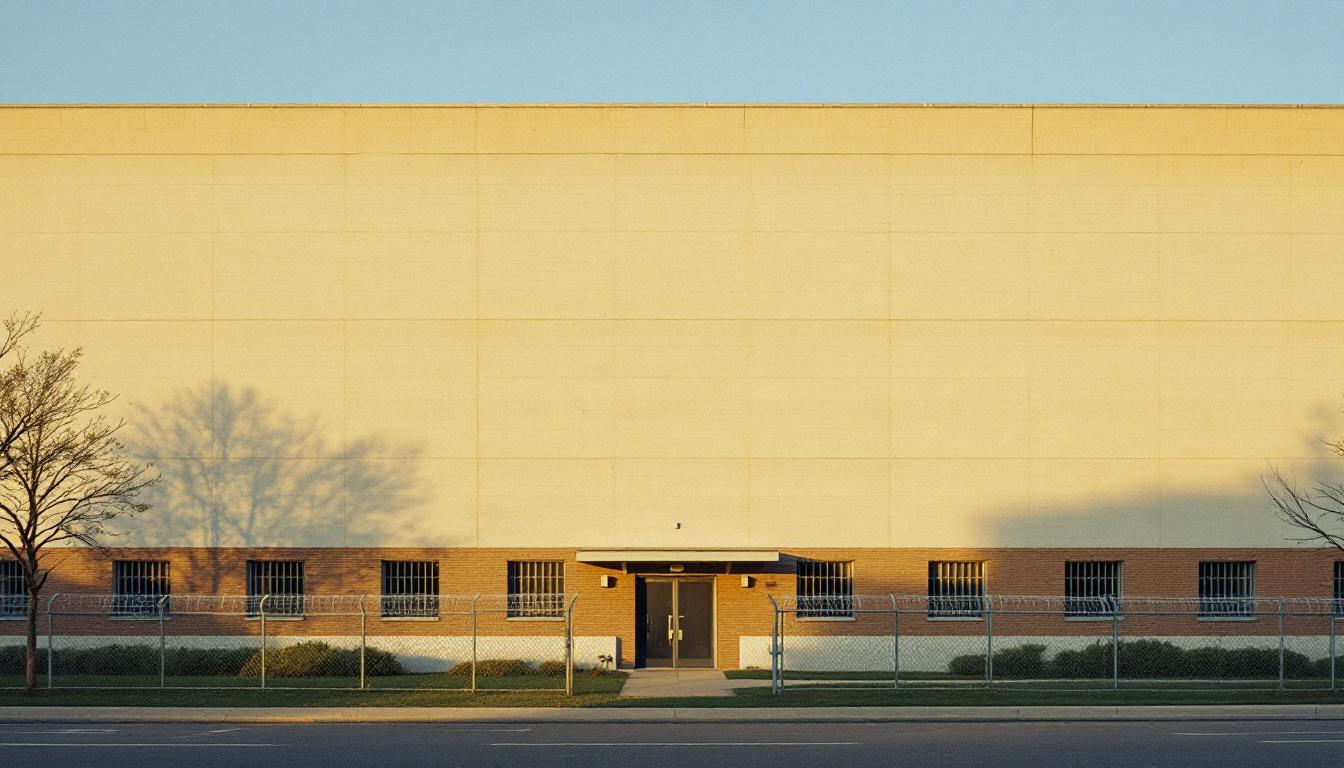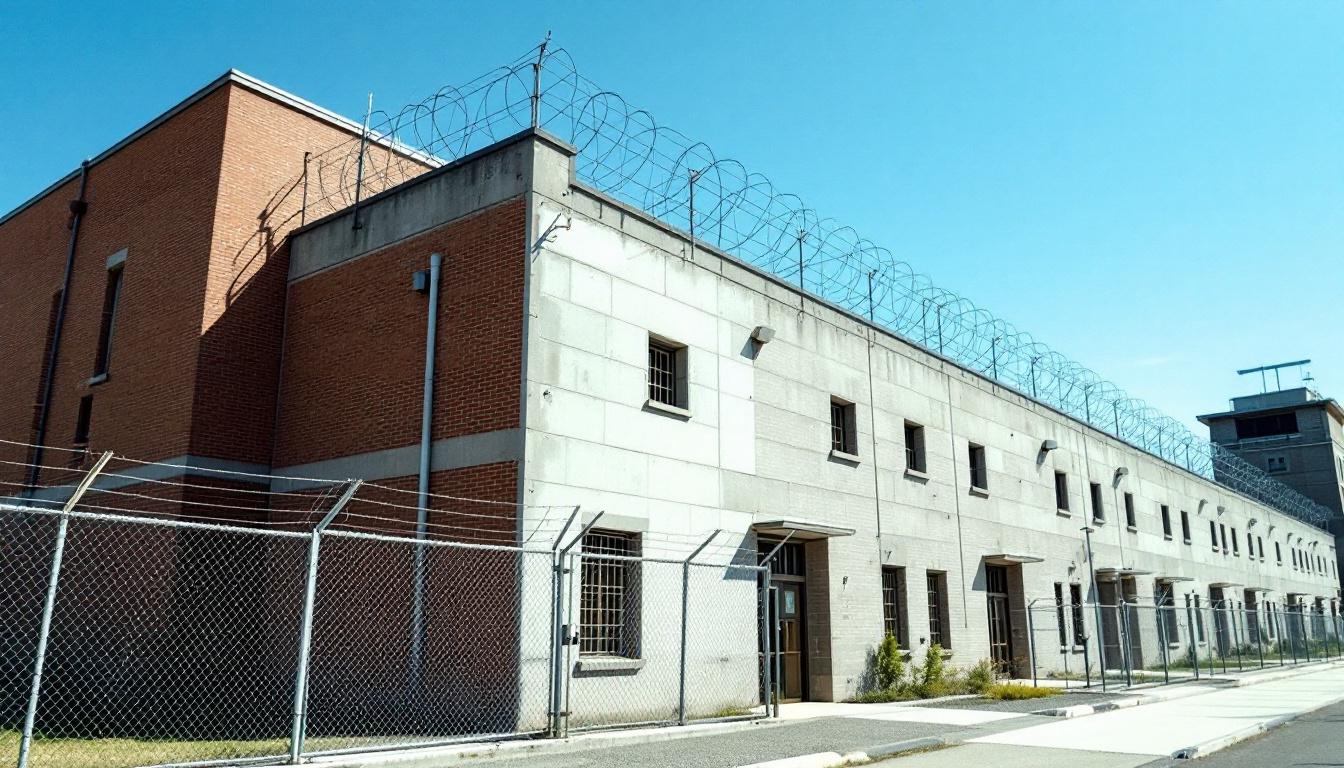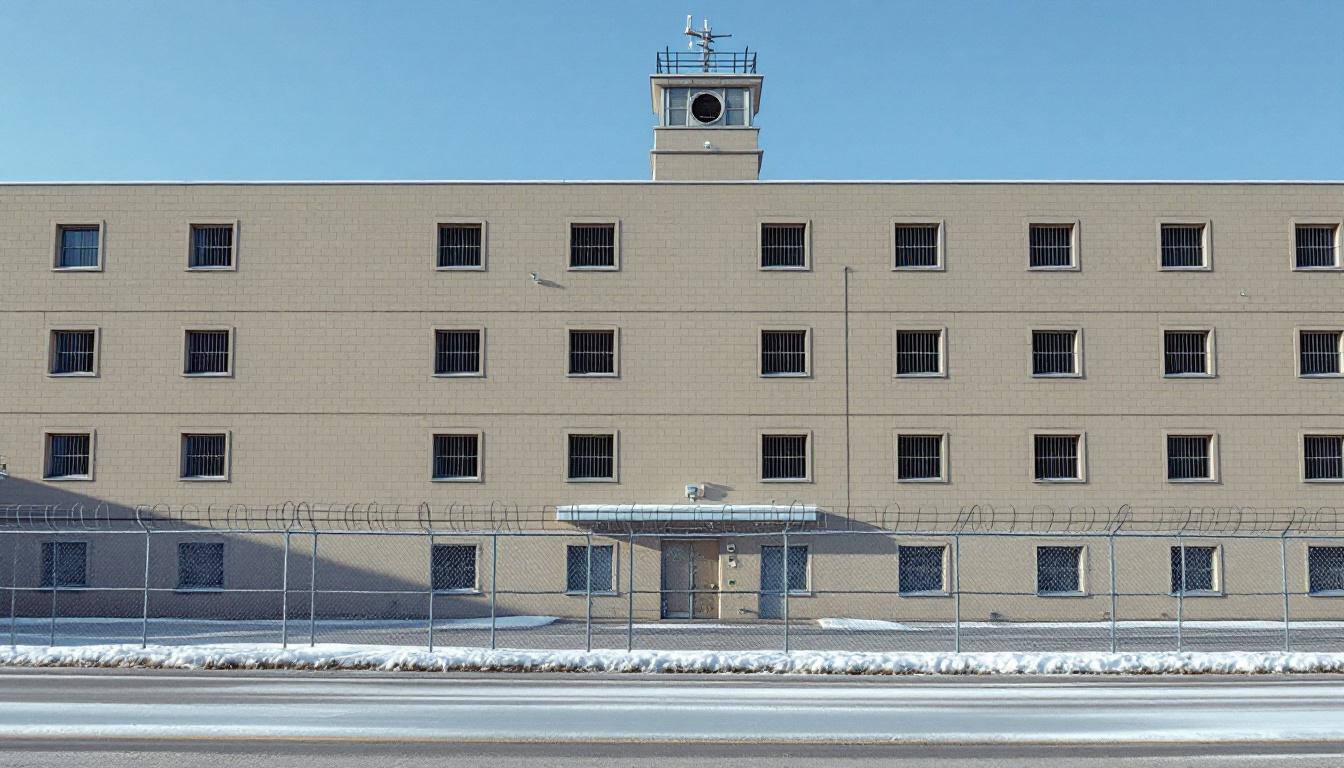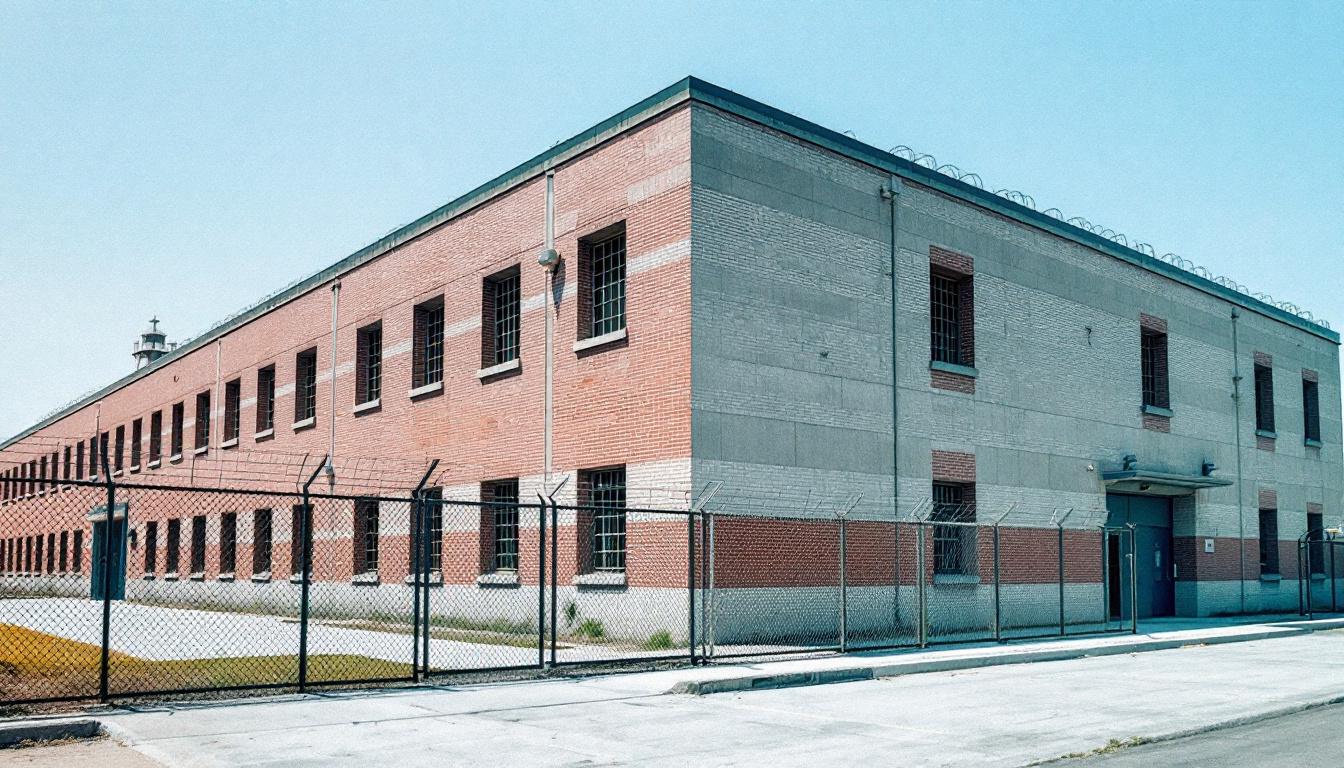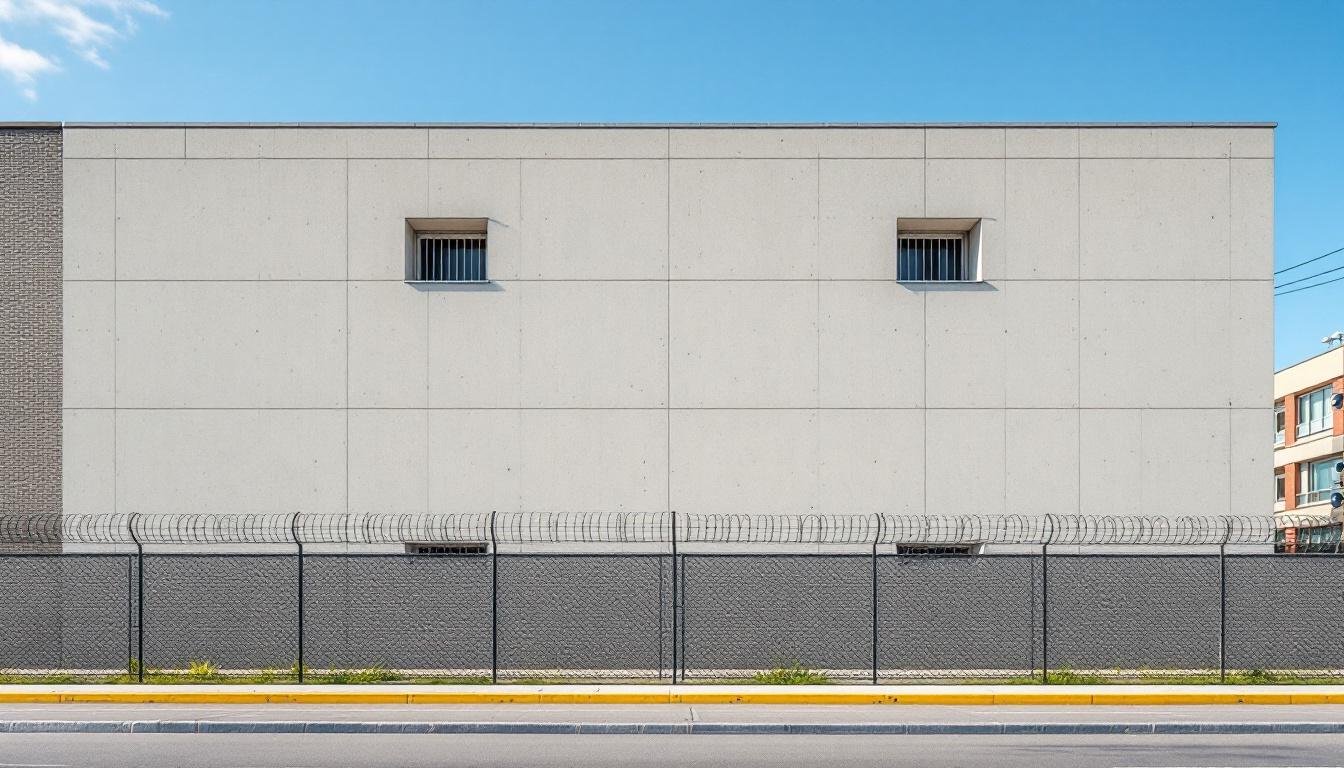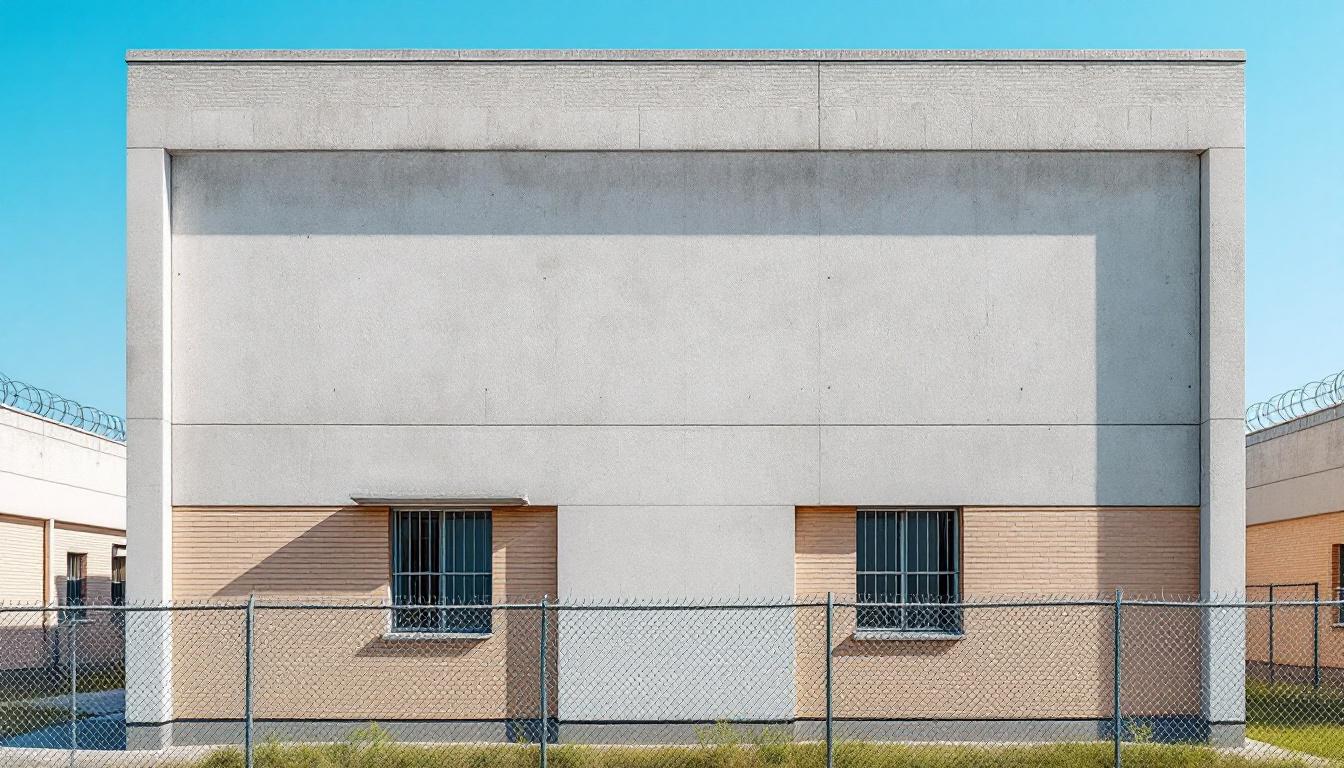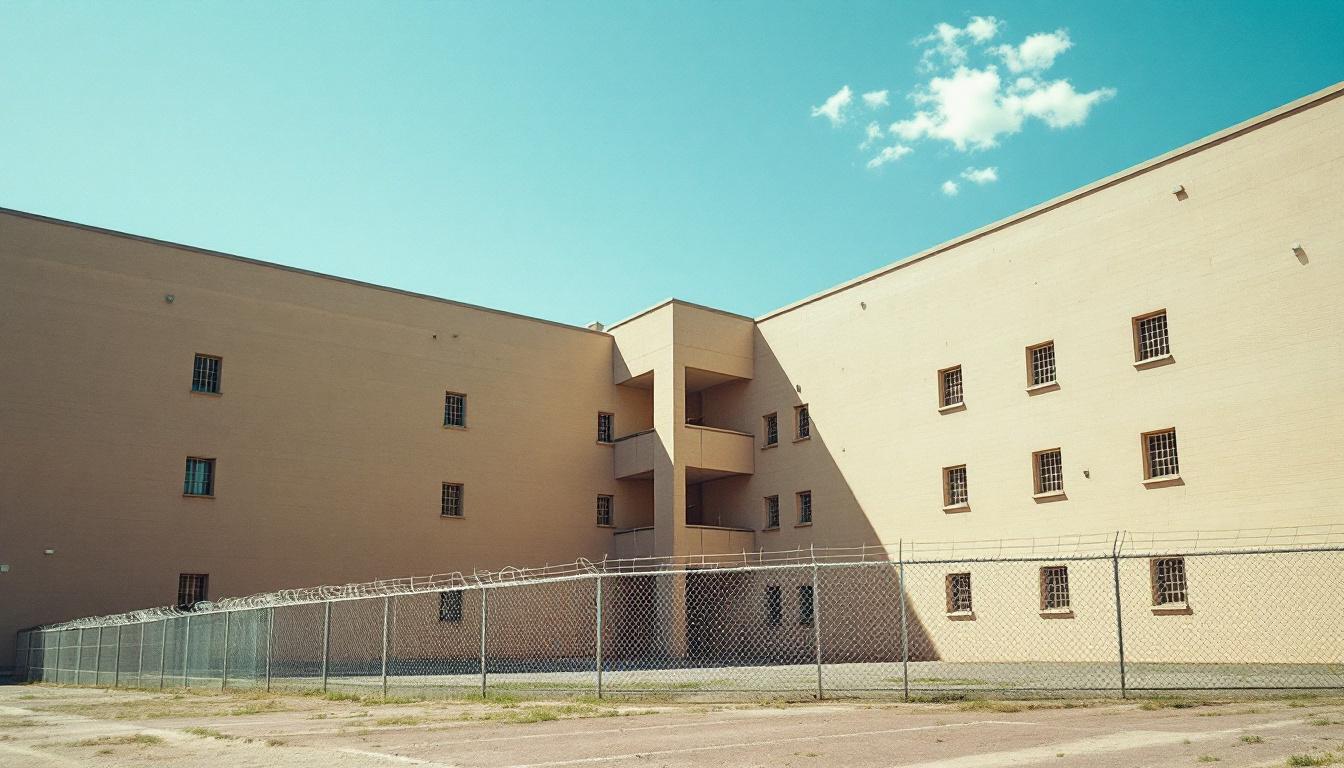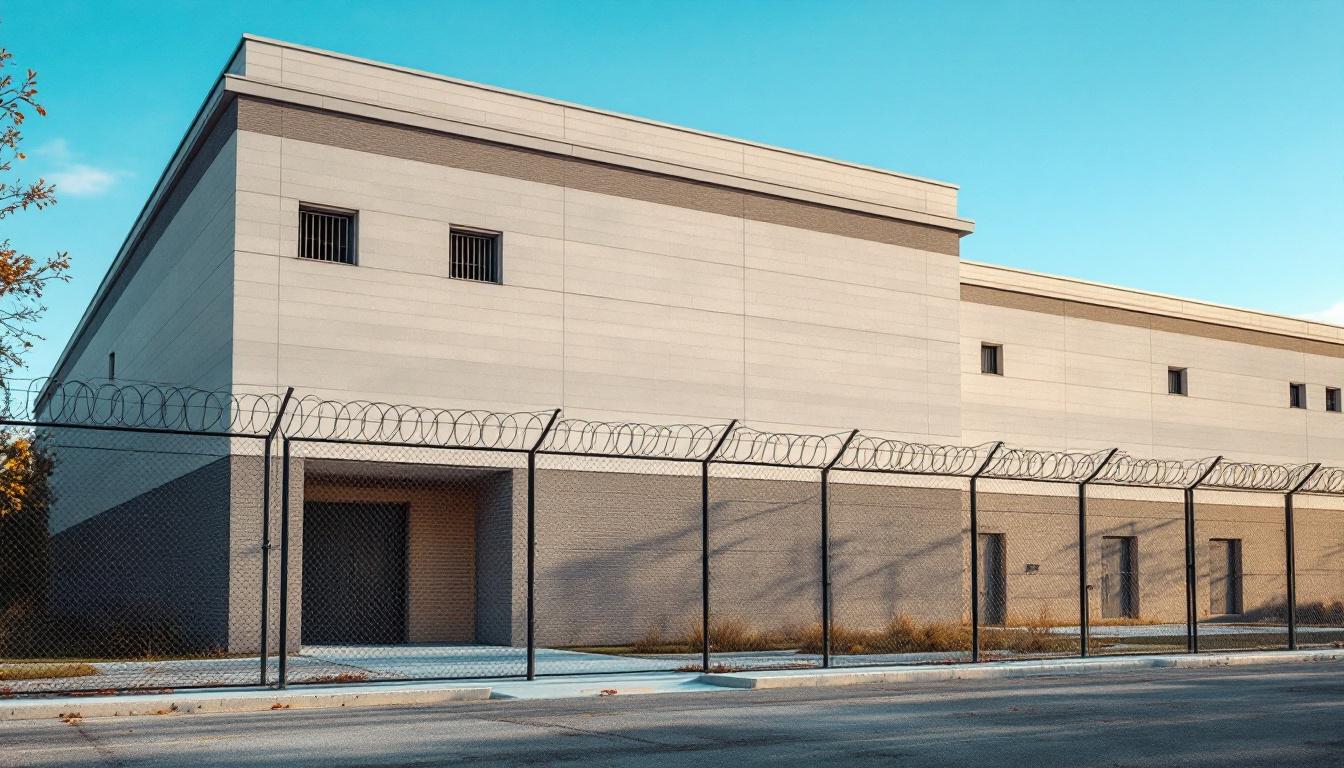
Quick Navigation
How to contact an inmate at Community Corrections
This comprehensive guide will walk you through how to connect with an inmate at Community Corrections. Follow the steps below to find an inmate and send letters and photos:
- Search for the inmate using our search tool below
- Create your account or log in to Penmate
- Write your message (up to 6,000 characters)
- Send instantly - inmates receive printed copies daily
Find an Inmate
Search for an inmate to start communicating today
Tip: You can search by first name, last name, or inmate ID number
To contact a person at Community Corrections start by searching for the person on the official facility website. Perform a search by following these steps:
- Step 1: Enter their first name and last name into the search form and click "Search"
- Step 2: Locate their inmate record
- Step 3: Write down their Inmate ID and any housing information provided
Important! Be sure to enter the person's full name. Nicknames should not be used.
How to Send Messages to Inmates

You can use your phone or computer to send emails, letters, and photos to an inmate. Messages are sent electronically to inmate tablets or kiosks at the facility. If you would like to send a message, start by searching for an inmate at Community Corrections.
Sending Photos and Postcards

A great way to send love and support to a loved one at Community Corrections is to send photos and postcards. It only takes a few minutes to send photos from your phone and it makes a huge difference. You can also mail postcards with words of support and inspiration, or design your own postcard for special moments like birthdays and holidays.
Important! Be sure not to send any explicit photos or they may not be approved by the facility. You can also use a photo printing app like Penmate to make sure your photos are printed at the correct size (4x6 or 3x5) and are mailed according to the rules and regulations of Community Corrections.
Frequently asked questions about Community Corrections
-
How long does it take to deliver a message?
If you're sending an email message your letter is usually delivered within 24-48 hours. For messages sent via mail you should expect delivery within 3-7 days. All messages will need be approved by Community Corrections.
-
How much does it cost to send a message to Community Corrections?
You can send a message free using your phone or mail a message via USPS for the price of a $0.60 stamp and envelope. You can also purchase credits or e-stamps from services starting at $1.99.
-
What services can I use to contact an inmate at Community Corrections?
Penmate
You can use Penmate to send letters and photos to an inmate from your phone. It's an easy way to stay in touch during your loved one's incarceration. Use the inmate locator to find an inmate's location and contact information, then you can send messages within a few minutes.
Securus messaging
Securus may be another option for communicating with an inmate at Community Corrections. You can create a friends and family account and purchase credits to send messages. All messages will be reviewed and must be approved by the facility.
JPay
Some county jails and state prisons may support sending messages with JPay. You must register an account with the system, find your loved one, and purchase stamps to send messages. For some locations you can also attach photos.
Smart Jail Mail
You may also check if Smart Jail Mail is available at Community Corrections. Smart Jail Mail is operated by Smart Communications and has contracted with some state and county jails. After purchasing credits, your messages and photos are sent to the facility, printed out, and then handed out to your loved one.
-
What is the mailing address of Community Corrections?
Mailing address:
Community Corrections
600 Old Frankfort Cir
Lexington, KY 40510
Phone: (859) 425-2700 -
What are the visiting hours at Community Corrections?
Visiting hours at Community Corrections vary by housing unit and security level. Generally, visits are scheduled on weekends and holidays, with some facilities offering weekday visits. Contact the facility directly at (859) 425-2700 or check their website for the current visiting schedule. Visits typically last 30-60 minutes and must be scheduled in advance.
-
What items are prohibited when sending mail to Community Corrections?
Prohibited items typically include: cash, personal checks, stamps, stickers, glitter, glue, tape, staples, paperclips, polaroid photos, musical or blank greeting cards, hardcover books, magazines with staples, and any items containing metal or electronics. Only send letters on plain white paper with blue or black ink. Photos must be printed on regular photo paper (no Polaroids). Always check with Community Corrections for their specific mail policies.
-
How do I send money to an inmate at Community Corrections?
You can send money to an inmate at Community Corrections through several methods: 1) Online using JPay, Access Corrections, or the facility's approved vendor, 2) Money orders mailed directly to the facility with the inmate's name and ID number, 3) Kiosks located in the facility lobby, or 4) Over the phone using a credit or debit card. Fees vary by method, typically ranging from $2.95 to $11.95 per transaction.
-
Can I schedule a video visit with an inmate at Community Corrections?
Many facilities now offer video visitation as an alternative to in-person visits. At Community Corrections, video visits may be available through services like Penmate, Securus Video Connect, GTL, or ICSolutions. Video visits typically cost $10-20 for 20-30 minutes and must be scheduled in advance. You'll need a computer or smartphone with a camera and reliable internet connection. Contact the facility for their specific video visitation policies and approved vendors.
-
What identification do I need to visit an inmate at Community Corrections?
All visitors must present valid government-issued photo identification such as a driver's license, state ID, passport, or military ID. Minors must be accompanied by a parent or legal guardian who can provide the minor's birth certificate. Some facilities require visitors to be on the inmate's approved visitation list, which may require a background check. Contact Community Corrections for specific ID requirements and visitor approval procedures.
-
How can I find out an inmate's release date?
To find an inmate's release date at Community Corrections, you can: 1) Use the online inmate search tool if available, 2) Call the facility's records department, 3) Contact the inmate's case manager or counselor, or 4) Have the inmate provide this information during a call or visit. For privacy reasons, some facilities only release this information to immediate family members.
Facility Overview
Contact Information
Community Corrections600 Old Frankfort Cir
Lexington, KY 40510
Phone: (859) 425-2700
Official Website

About Community Corrections
Nestled within Connersville, KY, the Fayette County Jail, IN operates as a vital component of the region’s correctional infrastructure, processing individuals through various stages of the judicial system. This county-level facility typically handles pre-trial detainees, sentenced misdemeanants, and individuals awaiting transfer to state institutions, serving the diverse population needs of the surrounding community. The facility’s operational framework centers on maintaining secure custody while facilitating the legal processes that move residents through Kentucky’s broader correctional system.
The jail’s programming approach generally emphasizes preparing residents for successful reintegration into the community through educational opportunities and behavioral interventions. Staff members typically work to connect individuals with resources that may include substance abuse counseling, mental health services, and basic educational programming designed to address underlying factors contributing to criminal behavior. These resident services often focus on developing practical skills and addressing personal challenges that residents may face upon release.
As part of Kentucky’s interconnected correctional network, the facility plays an essential role in supporting both local law enforcement operations and the state’s overall public safety objectives. The jail’s location in Connersville positions it to serve the specific needs of the regional population while maintaining coordination with state-level correctional authorities. Through its daily operations, the facility contributes to the systematic processing of cases through Kentucky’s judicial system, ensuring that residents receive appropriate custody levels and access to services that may support their eventual transition back to the community.
Programs & Services
Through comprehensive rehabilitation initiatives, Fayette County Jail in Kentucky emphasizes transformative programming that addresses the multifaceted needs of its residents. The facility’s approach recognizes that successful reintegration requires a holistic framework encompassing educational advancement, therapeutic intervention, and practical skill development. These carefully structured initiatives operate on the principle that meaningful change occurs when residents are equipped with both the knowledge and tools necessary to rebuild their lives constructively.
Educational services form the cornerstone of the facility’s rehabilitative efforts, typically offering literacy programs, GED preparation, and continuing education opportunities that enable residents to advance their academic credentials. These educational initiatives may deliver instruction through both individual tutoring and group classroom settings, allowing participants to progress at their own pace while building foundational skills. In addition to this academic focus, vocational programs often include training in various trades and industries, providing residents with marketable skills that enhance their employment prospects upon release. These hands-on learning experiences typically emphasize practical applications that translate directly to workplace environments.
Support services and therapeutic initiatives complement the educational framework by addressing underlying issues that may have contributed to residents’ involvement in the justice system. Substance abuse treatment programs often include both individual counseling and group therapy sessions, helping participants develop coping strategies and maintain sobriety. Time management and communication skills workshops may deliver structured instruction on essential life skills, enabling residents to navigate personal and professional relationships more effectively. These therapeutic components typically integrate evidence-based practices that support long-term behavioral change and personal growth.
Daily Life & Visitation
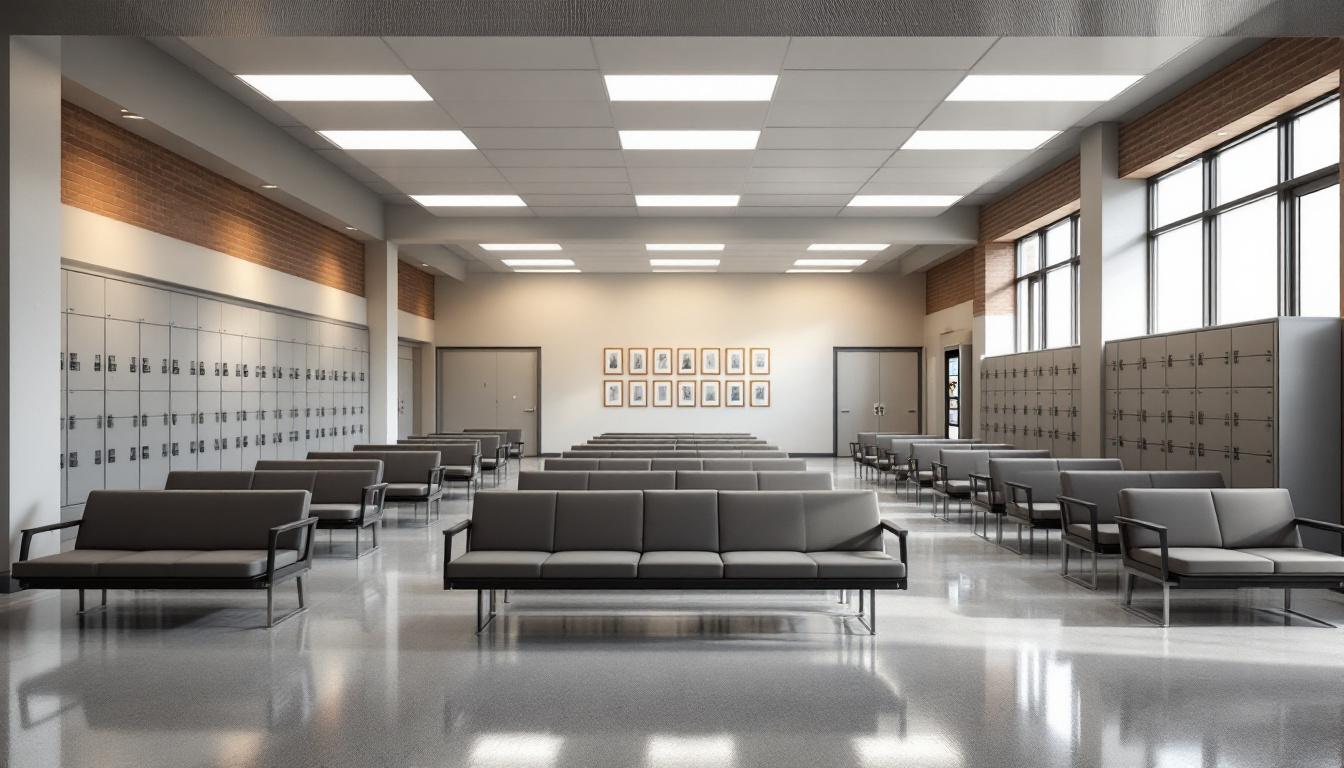
The structured rhythm of daily routines now anchors each day for residents, with regularly scheduled activities that begin before dawn and continue through evening hours. Wake-up calls typically occur in the early morning hours, followed by headcount procedures and cell inspections that establish the day’s foundation. Residents generally receive three meals at designated times throughout the day, with breakfast often served in the early morning, lunch around midday, and dinner in the early evening hours. These meal periods deliver not dedicated nutrition but also important social interaction opportunities within the dining areas of the facility.
Living accommodations at the facility typically consist of shared cells or dormitory-style housing units, where residents may be housed with one or more individuals depending on capacity and classification levels. Personal property allowances usually include basic hygiene items, limited clothing, and approved personal effects that residents can maintain in their assigned living spaces. In addition to this structured housing environment, residents generally have access to commissary services on designated days, allowing them to purchase approved items such as snacks, hygiene products, and writing materials to supplement their basic needs.
Recreational opportunities typically include scheduled time in common areas, access to television programming during designated hours, and outdoor recreation periods when weather and facility operations permit. Work assignments may be available for eligible residents, often involving facility maintenance, kitchen duties, or cleaning responsibilities that provide structure and purpose to daily routines. Despite this controlled environment, the facility generally maintains visitation schedules that allow residents to connect with family members and approved visitors, while telephone access and mail services typically provide additional means of maintaining important relationships and support systems during their time at the facility.
Ready to Connect?
Start communicating with your loved one today
Search for an Inmate
